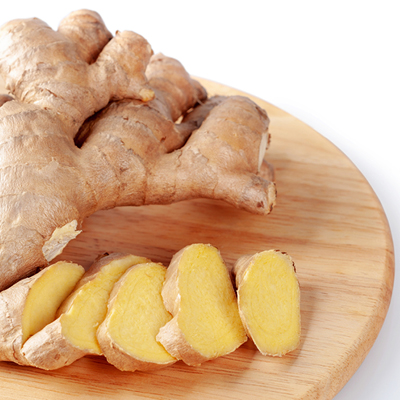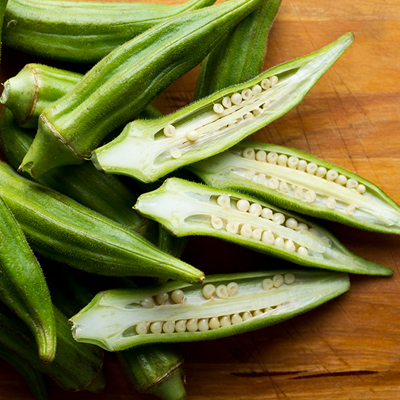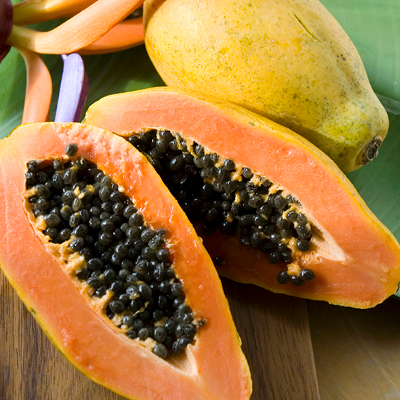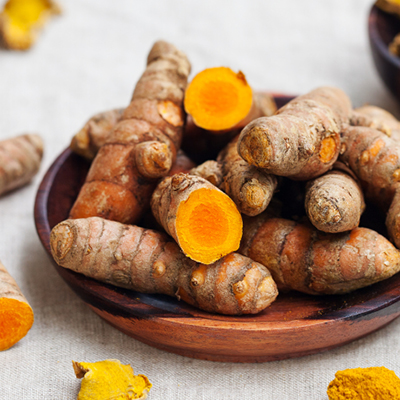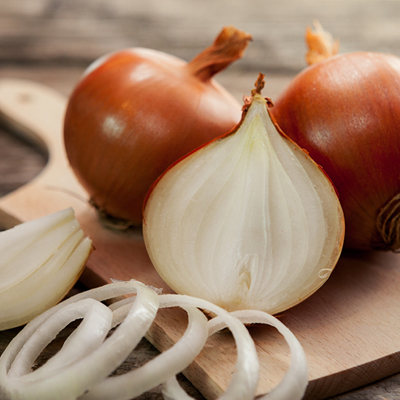Imported Produce
Occasionally, when we cannot source organic produce grown in New Zealand, we will source it from overseas.
Our team builds long term relationships with carefully selected, sustainable growers so that we can ensure consistent quality. This allows us to support small growers and their livelihoods while also providing New Zealanders with organically grown pantry staples and tropical produce.
For example, we work closely with a small family-run pineapple farm in Fiji. We are able to assist them in transitioning from ‘growing organically’ to gaining ‘organic certification’. Often they are following many organic practices, but it’s the paperwork that hinders certification.


